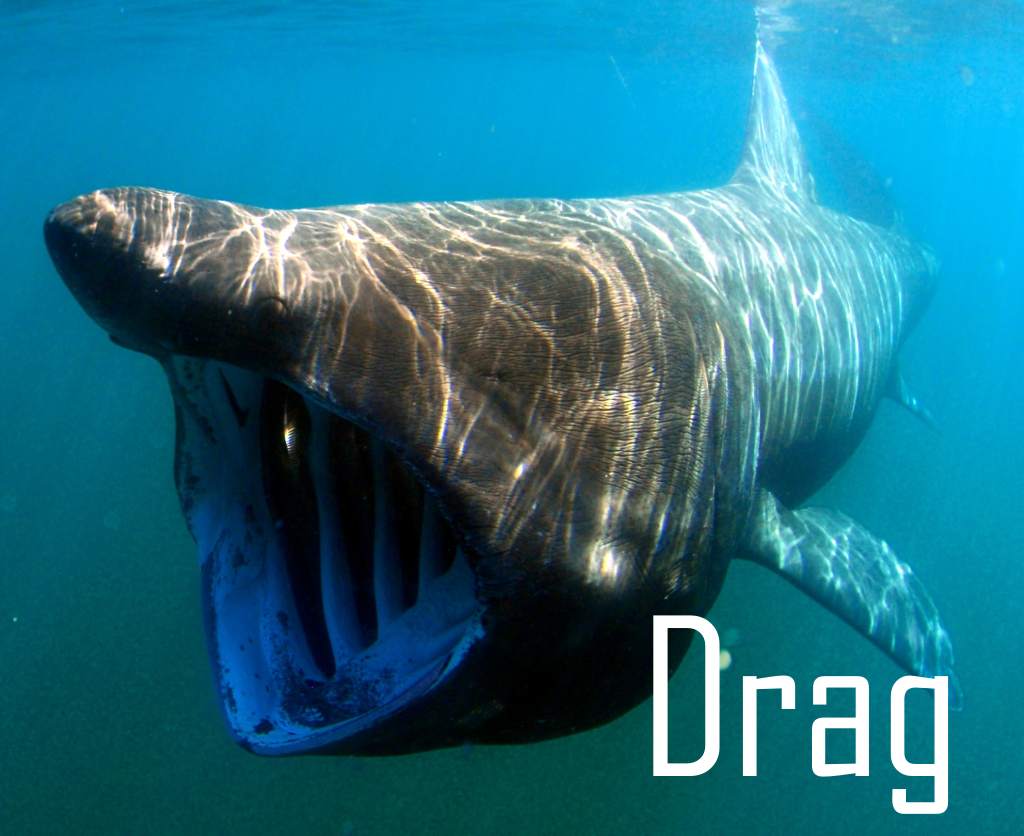


During the Unexpected Finger's eighty-year journey, she collided with fifteen grams of protons.
How much did they slow her down?
From Conservation of Momentum, proton impacts slowed the ship according to Δvs = Δvi (Mi / Ms) where vi, Mi were the velocity and mass of the impacting protons, and vs, Ms were the velocity and mass of the ship.
We assume the protons were motionless until the Finger rammed them, so the velocity of the impact was just the velocity of the ship.
(Of course the floating protons were not really motionless. They flew around all directions, some hitting harder because they were drifting toward the approaching the Finger, and some hitting softer because they were drifting away. But on average their drift added zero momentum to the collision.)
(Okay this is not strictly true, since the ones drifting away were less likely to be hit. But later we will show the protons moved slow, compared to the Finger.)
Formally, the velocity of impact was the velocity of the ship, Δvi = vs. Plugging this into the momentum formula, the Finger's velocity change was Δvs = vs (Mi / Ms).
If you are feeling stress, wondering if some protons might collide elastically and transfer twice the momentum, you can relax. It won't matter.
The finger's mass was Ms = 4×106 kg, and the mass of impacting protons was Mi = 1.5×10‑2 kg, so floating protons slowed the Finger by:
Δvs = vs (Mi / Ms) = vs (1.5×10‑2kg) / (4×106kg) = vs × 3.8×10‑9.
In other words, over its eighty-year journey, the Finger collided with half an ounce of protons, which slowed her by four parts in a billion.
These numbers are so tiny, can we just ignore floating protons?
No.
